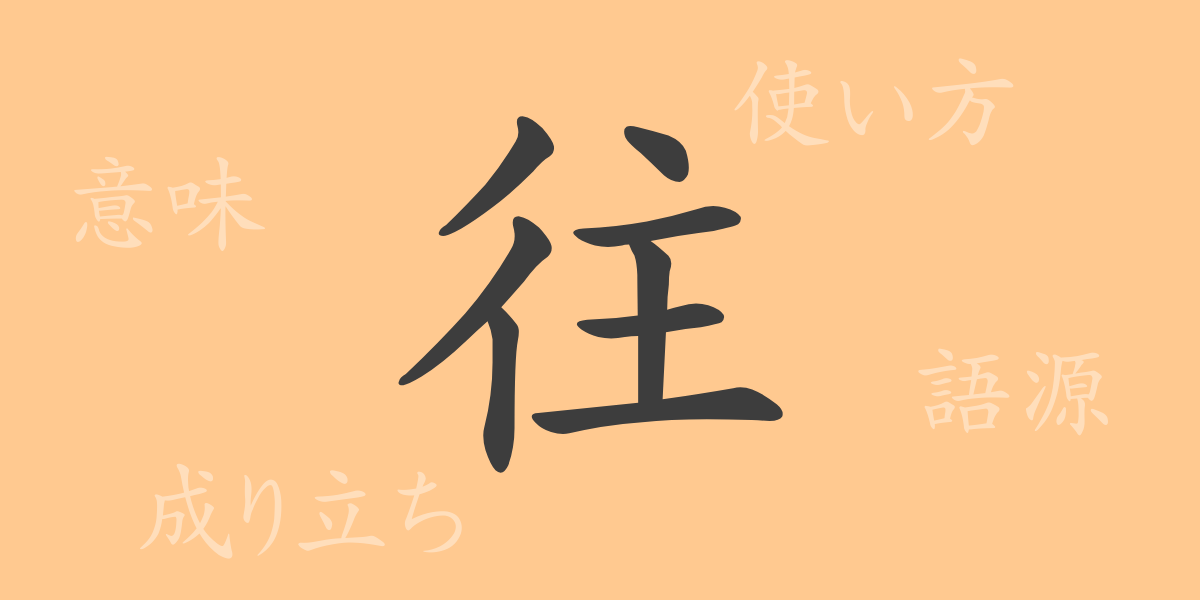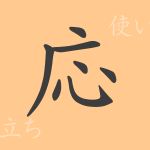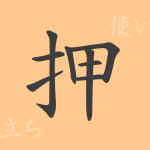“
The beauty of the Japanese language is also reflected in its delicate characters. “”往”” (ō), one of the common kanji characters, is a character that gives depth and history to our words. In this article, we will delve into all aspects of this kanji, starting from the etymology of “”往”” (ō), its meaning, usage, reading, stroke count, and radical. Let’s also embark on a journey to rediscover the richness of the Japanese language through idioms, phrases, and proverbs that use “”往”” (ō).
The Origin (Etymology) of 往 (Ō)
Exploring the origin of the kanji “”往”” (ō) is the first step in deeply understanding the meaning this character holds. Born in ancient China, this kanji originally derived from a pictograph representing the meaning of “”to proceed”” or “”to go.”” Its shape imitates the form of a foot walking on a path, visually expressing the action of “”moving”” across time and space.
The Meaning and Usage of 往 (Ō)
“”往”” ( ō) is a basic verb meaning “”to go”” or “”to head towards.”” This includes not only physical movement but also the passage of time. It is also used when changing from one state to another, making it a versatile kanji utilized in a wide range of scenes.
Reading, Stroke Count, and Radical of 往 (Ō)
How is “”往”” (おう, ō) read in Japanese, and what elements is it composed of?
- Reading: The on’yomi is “”ō,”” and there is no specific kun’yomi.
- Stroke Count: A total of 8 strokes
- Radical: 彳 (Gyōninben)
Idioms, Phrases, and Proverbs Using 往 (Ō) and Their Meanings
Idioms, phrases, and proverbs containing “”往”” ( ō) strongly reflect the meaning of movement and progression that this kanji possesses. For example, “”往復”” ( ōfuku) means “”to go and return,”” while “”往来”” (ōrai) signifies “”to come and go.”” Additionally, “”往年”” (ōnen) is used as a word to reminisce about “”past years,”” and the phrase “”往生際が悪い”” ( ōjōgyougiwa -ga- waru-i) describes the state of being unable to accept a change in circumstances.
Summary of 往 ( Ō)
The kanji “”往”” ( ō) is a character with a simple yet profound meaning and plays a significant role in the Japanese language. The movement and change indicated by this single character are constantly present in our lives and are essential for conveying experiences and emotions through words. Through this exploration, we have reaffirmed the rich expressive power and charm of “”往”” ( ō).
“

























